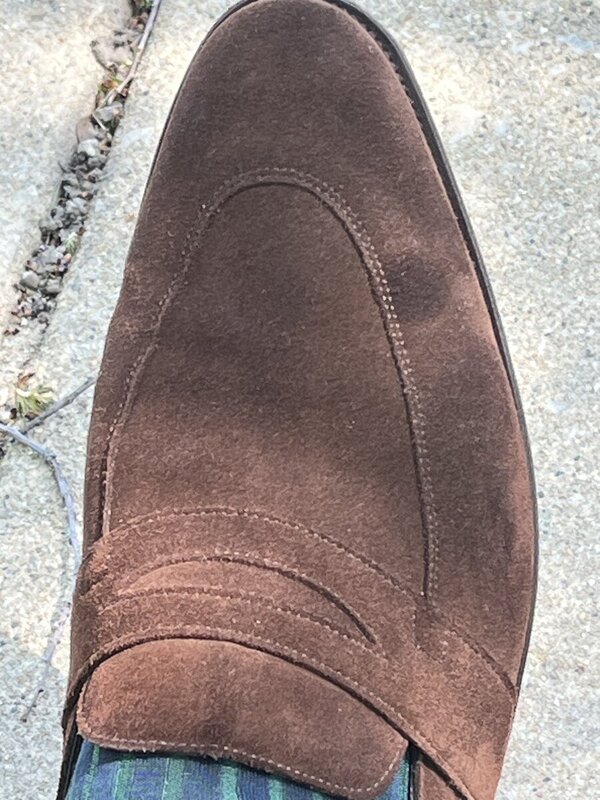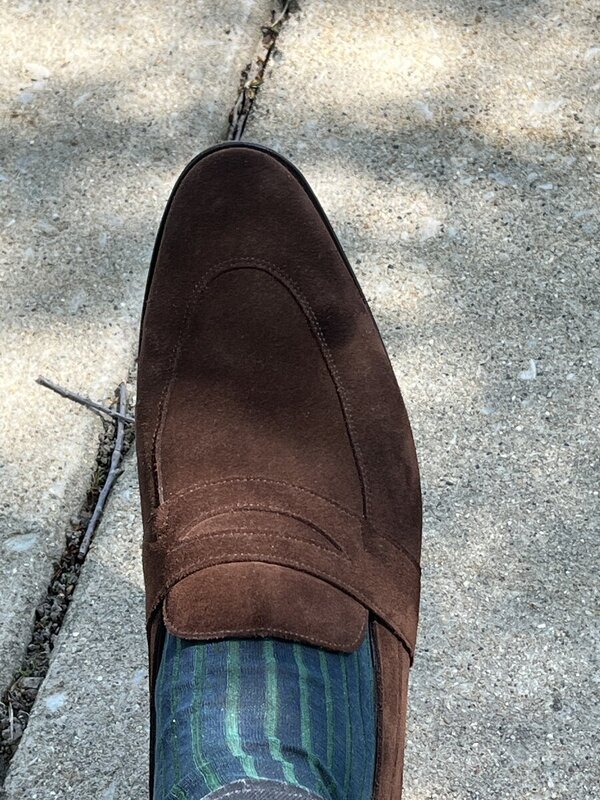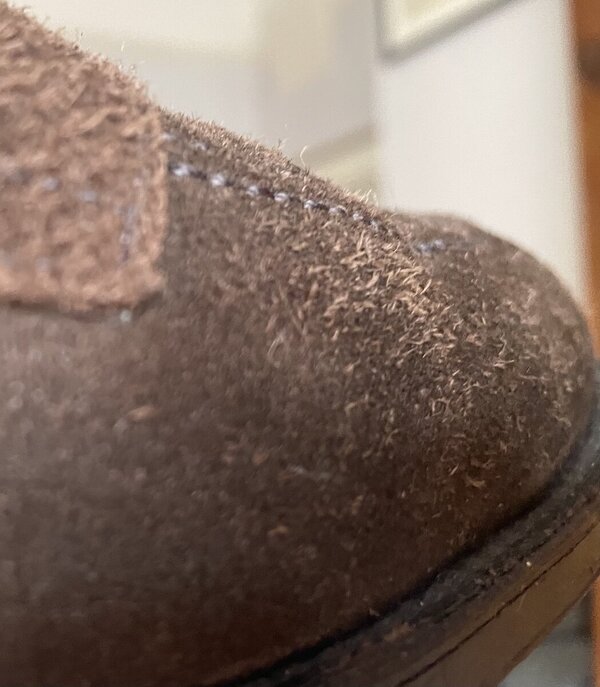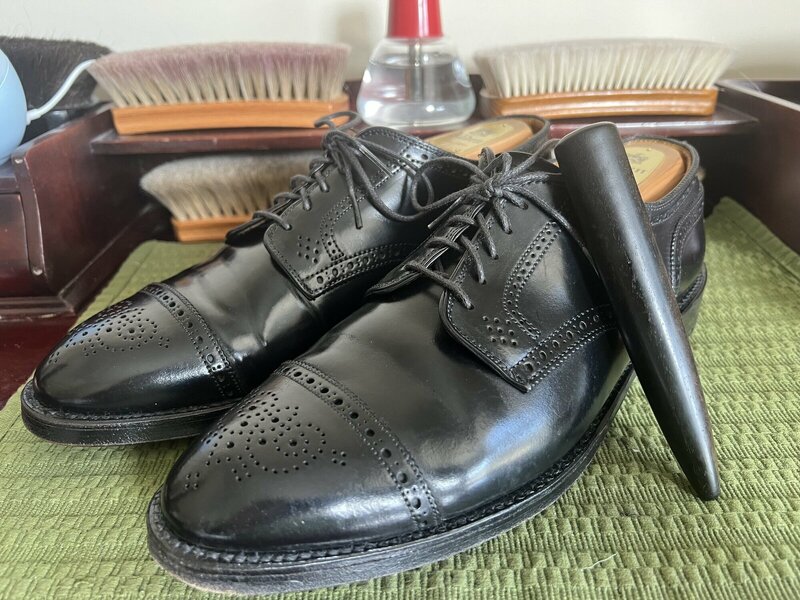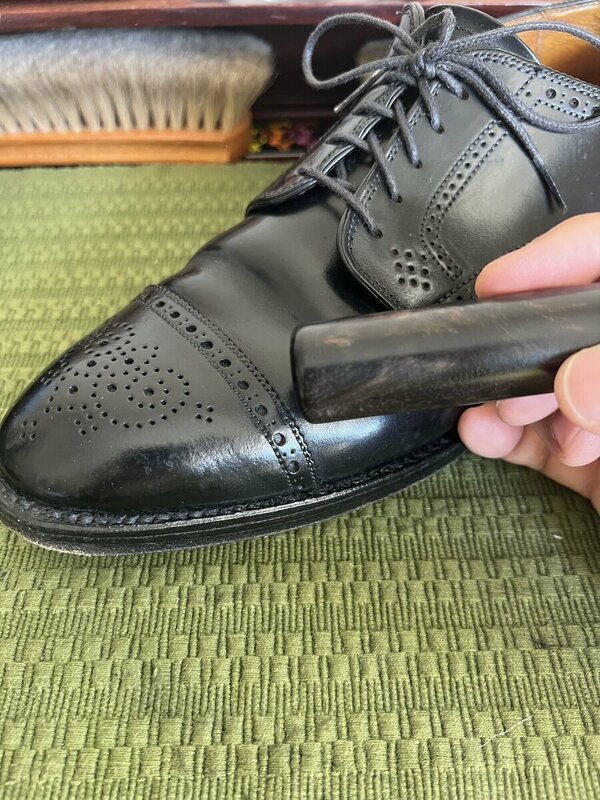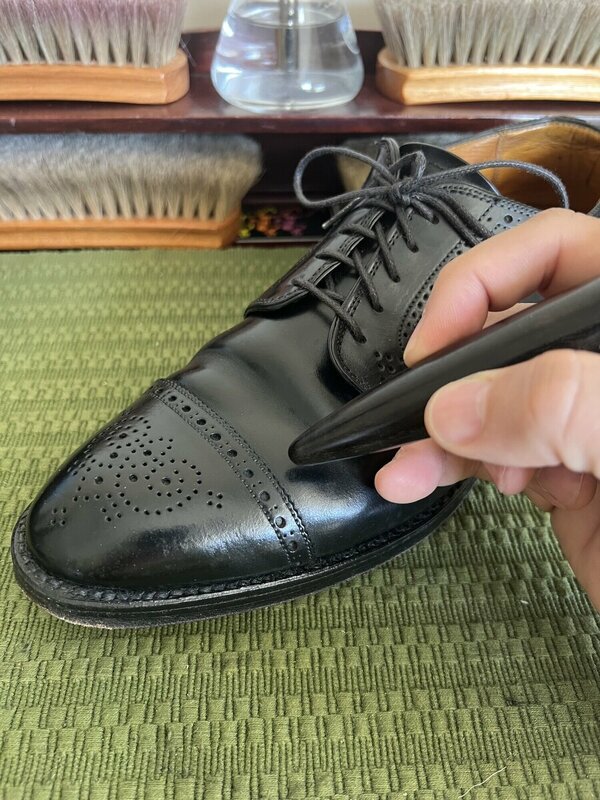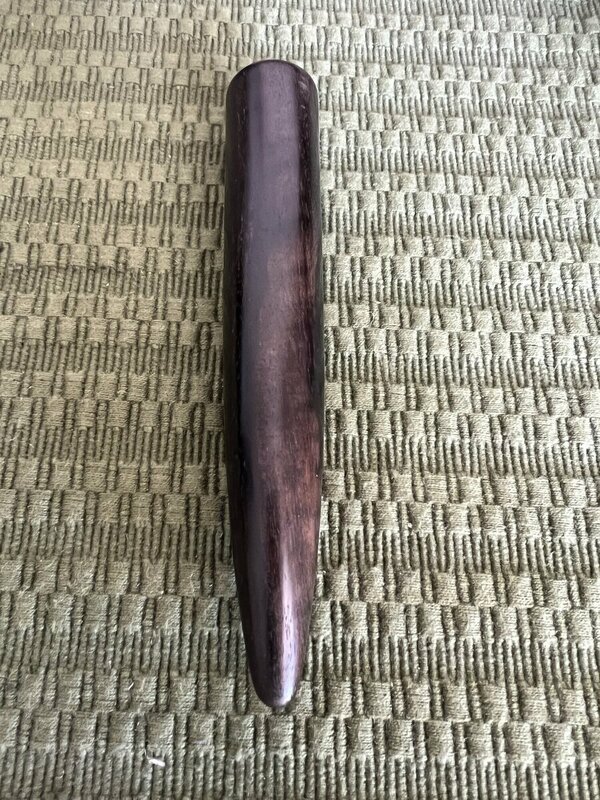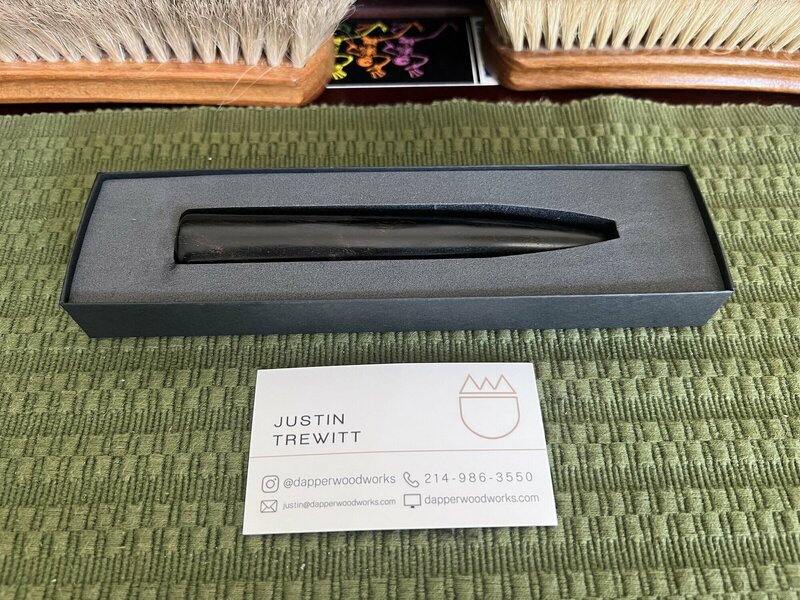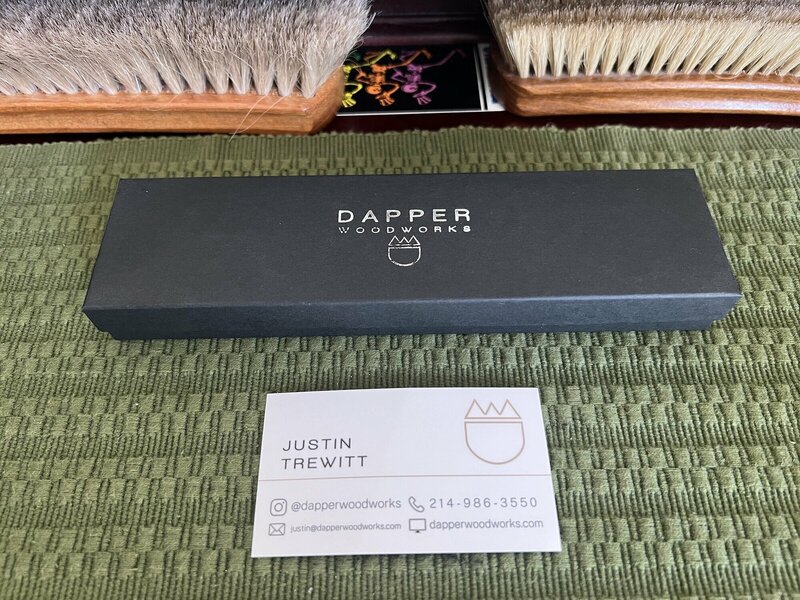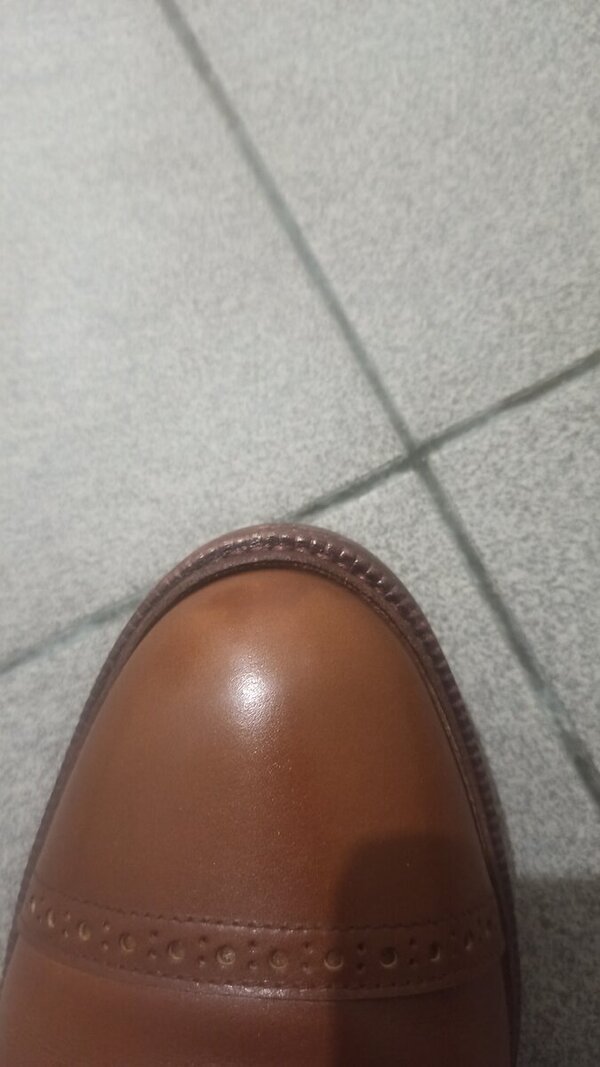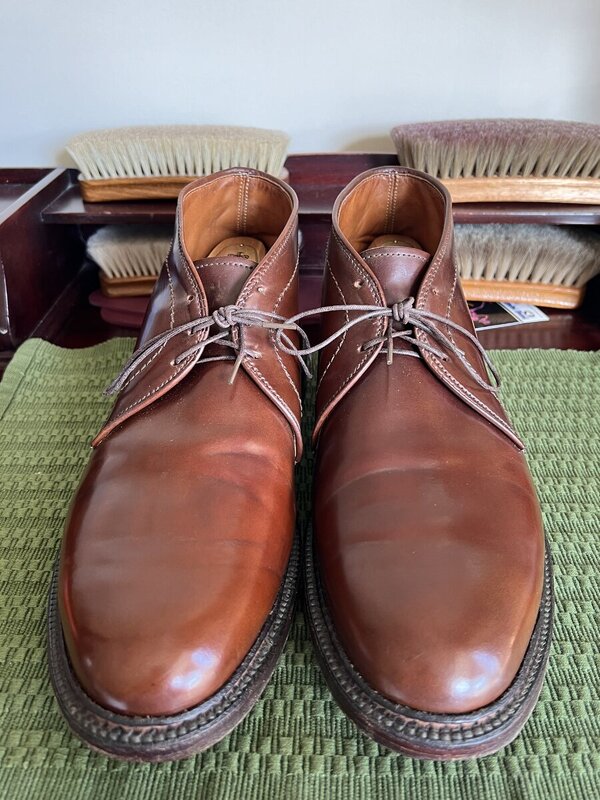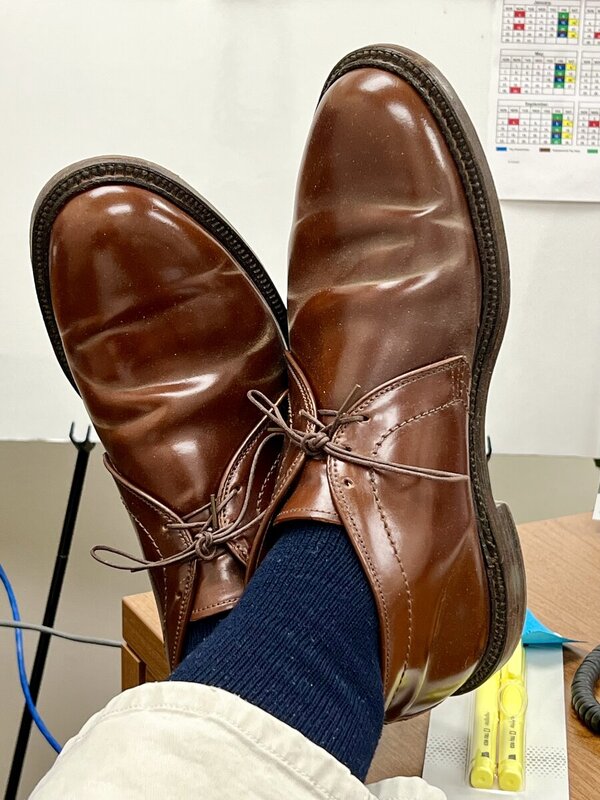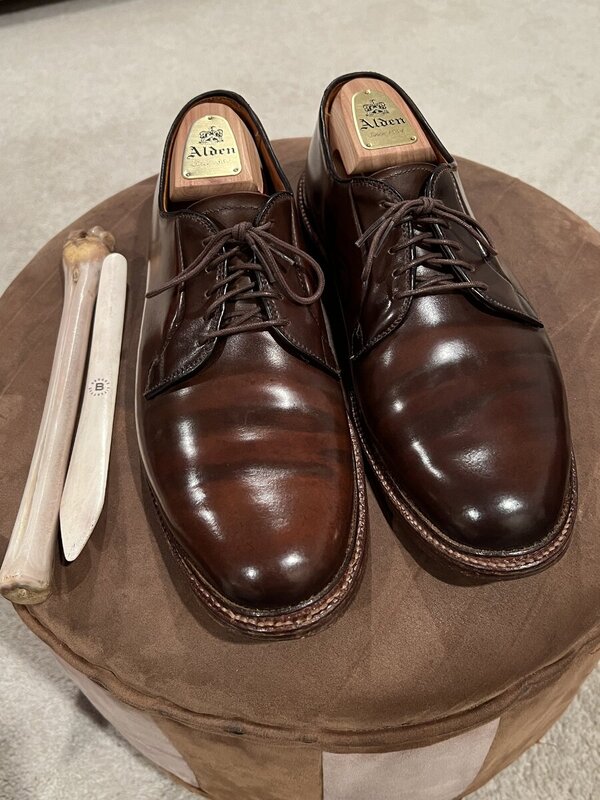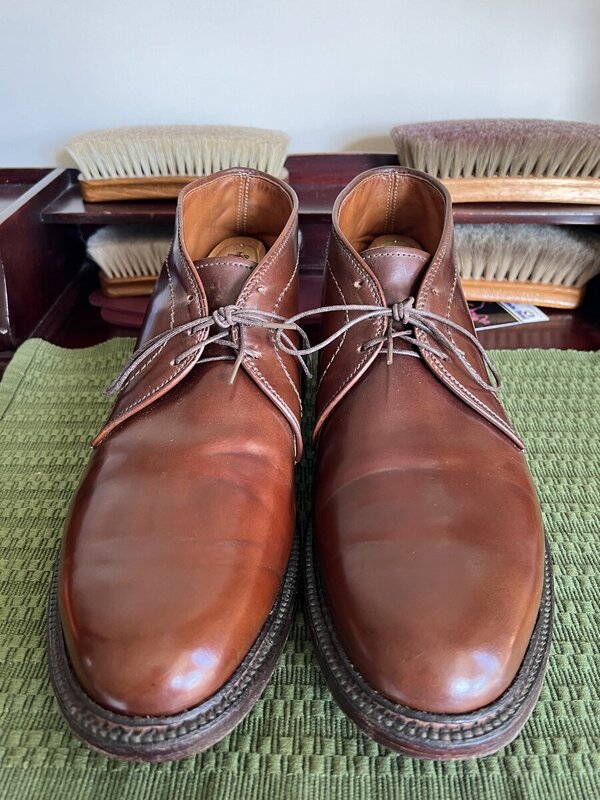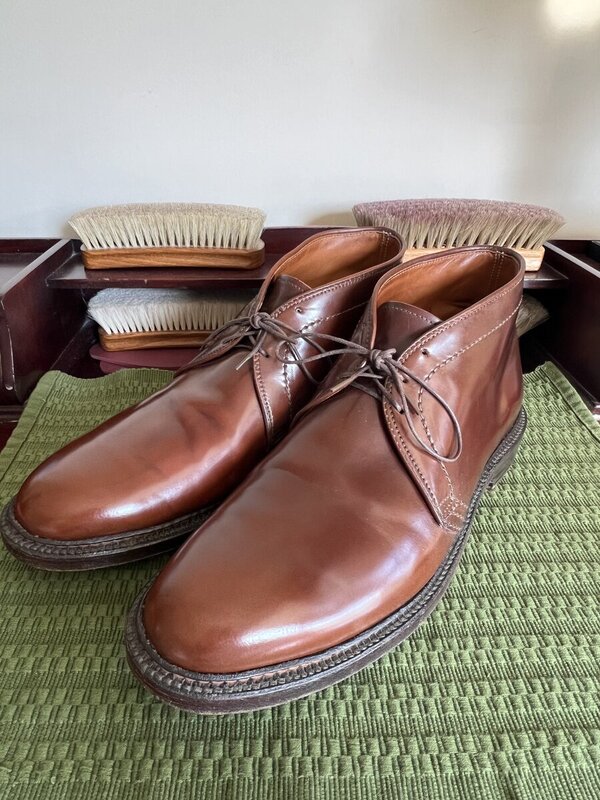- Joined
- Jan 8, 2008
- Messages
- 10,132
- Reaction score
- 5,714
I don't think you know what the word "disingenuous" means. I don't think you know what the word "phony" means either. If you did, you'd be embarrassed.
What am I pretending to be that I am not? How can I be a phony...unless you have some unique, NickV definition that you're not sharing with anyone else? I actually do what I give people to believe I do. Unlike you, I actually have real, extensive, hands-on experience doing the things I talk about.
If you let people think that you are more than you really are, or an authority on topics that you have no direct experience with; if you pose and posture and/or wear medals or a uniform that you're not entitled to wear--that is a lie. Nothing less. You don't have to speak the lie, you're living it.
Whatever I am, good or bad, I don't pretend to knowledge I don't have. I don't posture as someone or something I am not.
As for chasing you away...nothing could be further from my mind. You don't speak with the authority of real hands-on experience, so it's all moot as far as I'm concerned. You're the one picking fights with me--by deliberately distorting my comments for the sole purpose of creating disagreement...mostly out of thin air.
--
Really? Now you are really being disingenuous -or- As I have said in the past a phony.
My guess is a true self anointing phony. But, I won't let you chase me away.......(Go to confession and tell them of your lies). You well feel better about yourself.
I don't think you know what the word "disingenuous" means. I don't think you know what the word "phony" means either. If you did, you'd be embarrassed.
What am I pretending to be that I am not? How can I be a phony...unless you have some unique, NickV definition that you're not sharing with anyone else? I actually do what I give people to believe I do. Unlike you, I actually have real, extensive, hands-on experience doing the things I talk about.
If you let people think that you are more than you really are, or an authority on topics that you have no direct experience with; if you pose and posture and/or wear medals or a uniform that you're not entitled to wear--that is a lie. Nothing less. You don't have to speak the lie, you're living it.
Whatever I am, good or bad, I don't pretend to knowledge I don't have. I don't posture as someone or something I am not.
As for chasing you away...nothing could be further from my mind. You don't speak with the authority of real hands-on experience, so it's all moot as far as I'm concerned. You're the one picking fights with me--by deliberately distorting my comments for the sole purpose of creating disagreement...mostly out of thin air.
--
Last edited:

















